
Consignor vs Consignee: What's The Difference?
Explore the dynamic partnership between consignors and consignees in freight transportation. Uncover their roles, collaborative benefits, and how effective communication ensures seamless and cost-effective goods transportation.
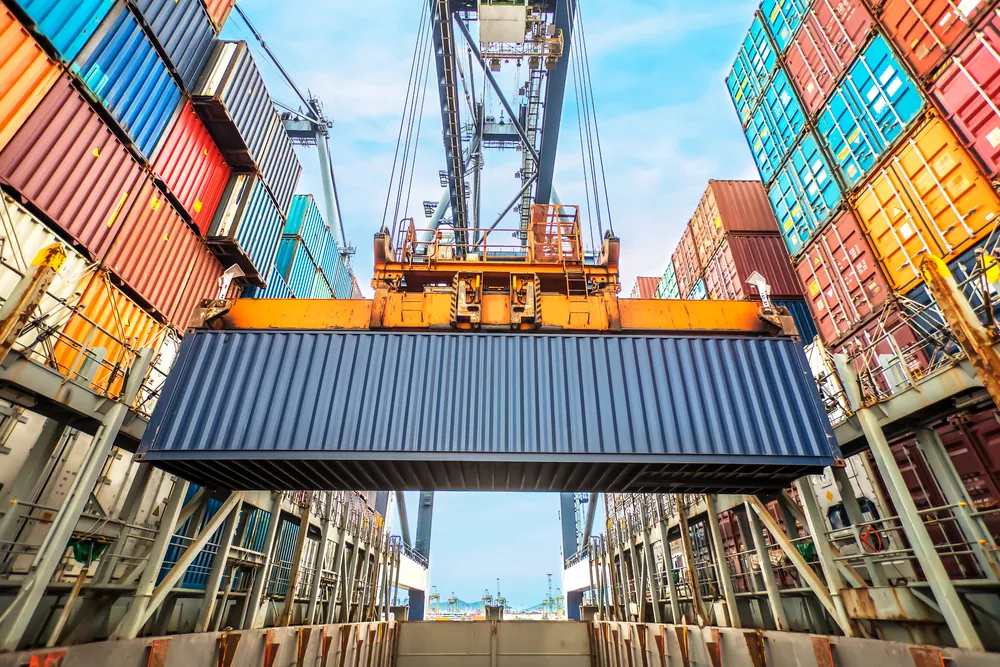
Have you ever wondered who’s responsible for sending and receiving your shipments? The answer is simple: the consignor and consignee. These two key players in the shipping industry ensure that your goods arrive at their intended destination safely and on time.
In this article, we’ll look closer at the roles and responsibilities of the consignor and consignee and explain why their collaboration is vital for the smooth and efficient flow of goods.
Thousands of businesses trust FreightCenter to move their freight faster, smarter, and cheaper! From unbeatable rates to top-notch service, our customers are raving about their shipping success.
See why they keep coming back!
Award-Winning Service, Trusted by Shippers Everywhere!
- 2021, 2017 & 2016 Food Logistics’ Top Green Providers
- 2021 & 2018 Supply & Demand Chain Executives’ Pros to Know: Matthew Brosious
- 2020 & 2019 Top Food Logistics’ 3PL & Cold Storage Provider Award
- 2020 & 2019 Business Observer’s Top 500 Companies on the Gulf Coast
- 2020 & 2017 SmartWay® Transport Partner
- 2020 & 2017 Food Logistics’ Champions: Rock Stars of the Supply Chain
- 2020 Best of Palm Harbor Awards for Local Businesses
- 2017 Green Supply Chain Award from Supply & Demand Chain Executive
- 2017 Tampa Bay Business Journal Heroes at Work
- 2016, 2015, & 2012 Food Logistics Top 100 Software and Technology Providers
- 2013 Tampa Bay Business 100 by Tampa Bay Business Journal
- 2013 Top 100 Great Supply Chain Partners by SupplyChainBrain
- 2012 TIA Samaritan Award Honorable Mention
- 2012, 2011 & 2010 TBBJ Fast 50 Recipient
- 2013, 2011, & 2010 Diversity Business Top Businesses
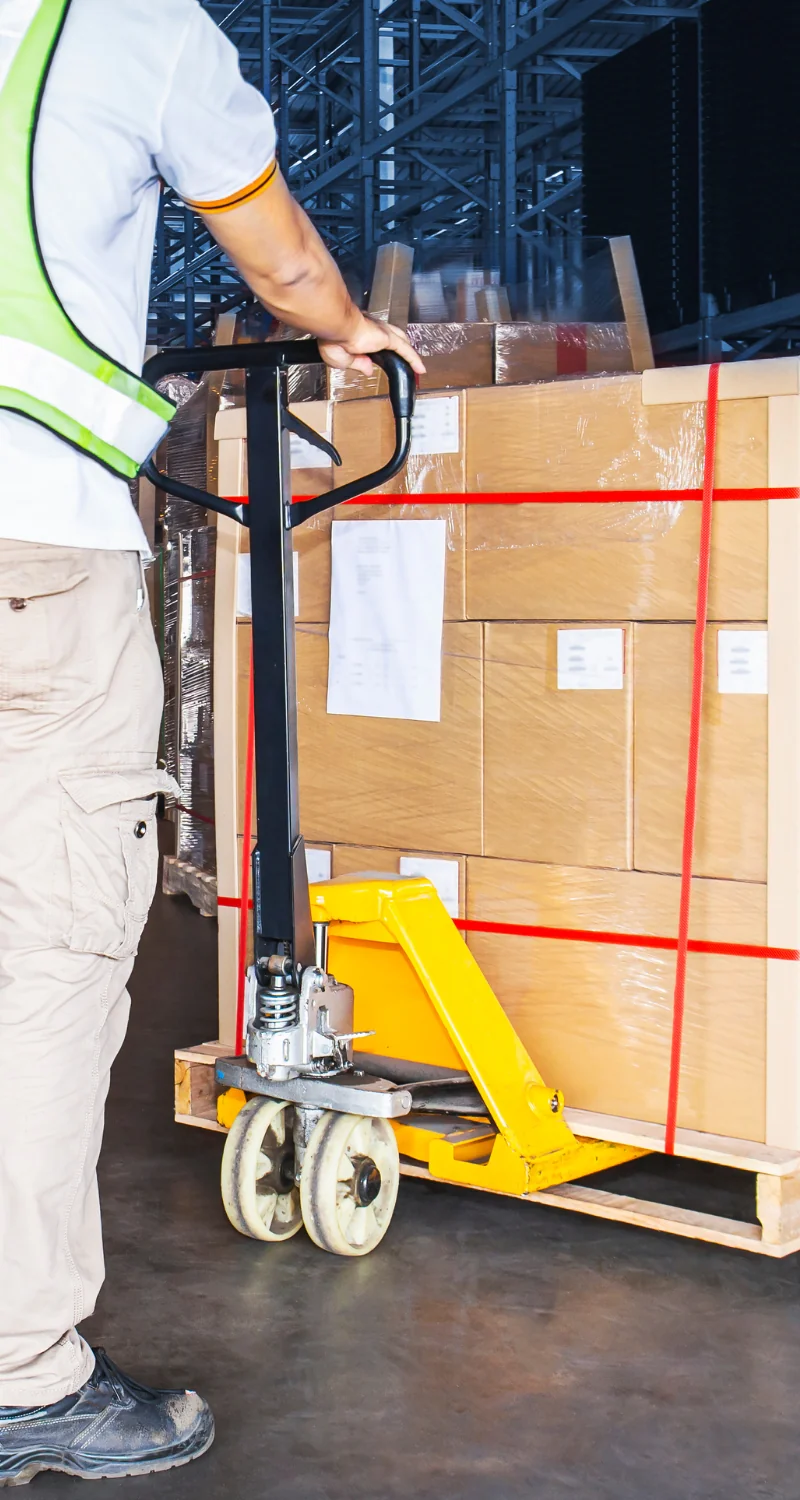
Who Are the Consignor and Consignee?
In the fast-paced freight transportation world, two crucial players are essential to successful cargo movement: consignees and consignors. While their names might sound similar, their roles and responsibilities are distinct and vital in ensuring goods reach their intended destinations seamlessly.
What is a Consignor?
The consignor, or shipper, is responsible for shipping the product. This entity could be a factory, distribution center, or any party with a shipping contract. Typically, the consignor retains ownership (title) of the goods until the consignee completes full payment.
Responsibilities of a Consignor
- The consignor must ensure that the goods are appropriately packed and labeled to protect them during transit and comply with regulatory and packaging requirements.
- Responsible for arranging the transportation of the goods with a carrier or freight forwarder, selecting the appropriate mode of transport based on the shipment’s requirements.
- Must provide all the necessary documentation, such as the bill of lading, commercial invoice, and any other relevant paperwork, to the carrier to move the goods.
- It covers the cost of transportation services unless there is an agreement with the consignee to share or transfer these costs.
What is a Consignee?
A consignee refers to the person or business entity designated to receive the goods or cargo shipped or transported from one location to another.
The consignor (shipper) provides the carrier or freight forwarder with the consignee’s details when booking the transportation service, identifying them as the intended recipient of the shipment.
Responsibilities of a Consignee
- The consignee must be present at the designated delivery location to accept the goods when they arrive. If they are unavailable, they may appoint an authorized representative to receive the shipment on their behalf.
- Upon receipt, the consignee should inspect the goods to ensure they match the description provided on the shipping documentation and are in good condition.
- Responsible for unloading the goods from the carrier’s vehicle or container, especially in cases where the carrier is not responsible for the unloading.
- Upon receiving the goods in good condition, consignees must sign the delivery receipt to confirm the completion of the shipment.
- Suppose there are any problems with the shipment, such as damages or missing items. In that case, the consignee should promptly notify the consignor or carrier to initiate any necessary claims or resolution processes.
Example Of A Consignor vs Consignee
Imagine you’re ordering a pallet of new laptops online. The seller (consignor) is responsible for packing and shipping the laptops to you (consignee). Before sending the laptops, the seller must ensure the laptops are appropriately packed and labeled. They must also provide the carrier with all necessary documentation, such as the bill of lading.
You (consignee) must be present at the delivery location to accept the shipment and inspect it to ensure it is in good condition. If there are any problems with the shipment, such as damaged or missing items, you need to sign the delivery receipt with notations of damage and notify the seller immediately.
By working together, the consignor, consignee, and carrier can ensure your laptops are delivered safely and on time.
To create value for our customers by delivering customized shipping solutions that meet their unique needs and to fulfill shipping demands from simple to complex with expertise, guidance and ingenuity.
Consolidating numerous small shipments onto a single truck, LTL shipping lets customers share costs. Rely on FreightCenter for competitive rates and extensive options for your LTL freight shipping requirements.
Truckload shipping, or full truckload (FTL), is designed for freight needing the entire trailer space. Unlike LTL, it suits larger items exceeding 20,000 pounds or dimensions beyond 12x8x8 feet. Offering optimized solutions for full or partial truckloads, we provide competitive pricing for dry van, flatbed, and refrigerated freight. Trust us for your full truckload shipping requirements.
Our Nationwide Expedited Trucking services ensure swift and secure freight transport. Whether a single large box or a full truckload, our expert shipping team guarantees fast delivery for your time-sensitive cargo.
Specialized transport is designed for items needing unique handling, equipment, or shipping conditions. Whether high-value, oversized, or temperature-sensitive cargo, easily access the best rates for Specialized Freight Services from leading carriers. Our services range from white glove to international shipping, ensuring comprehensive coverage for your needs.

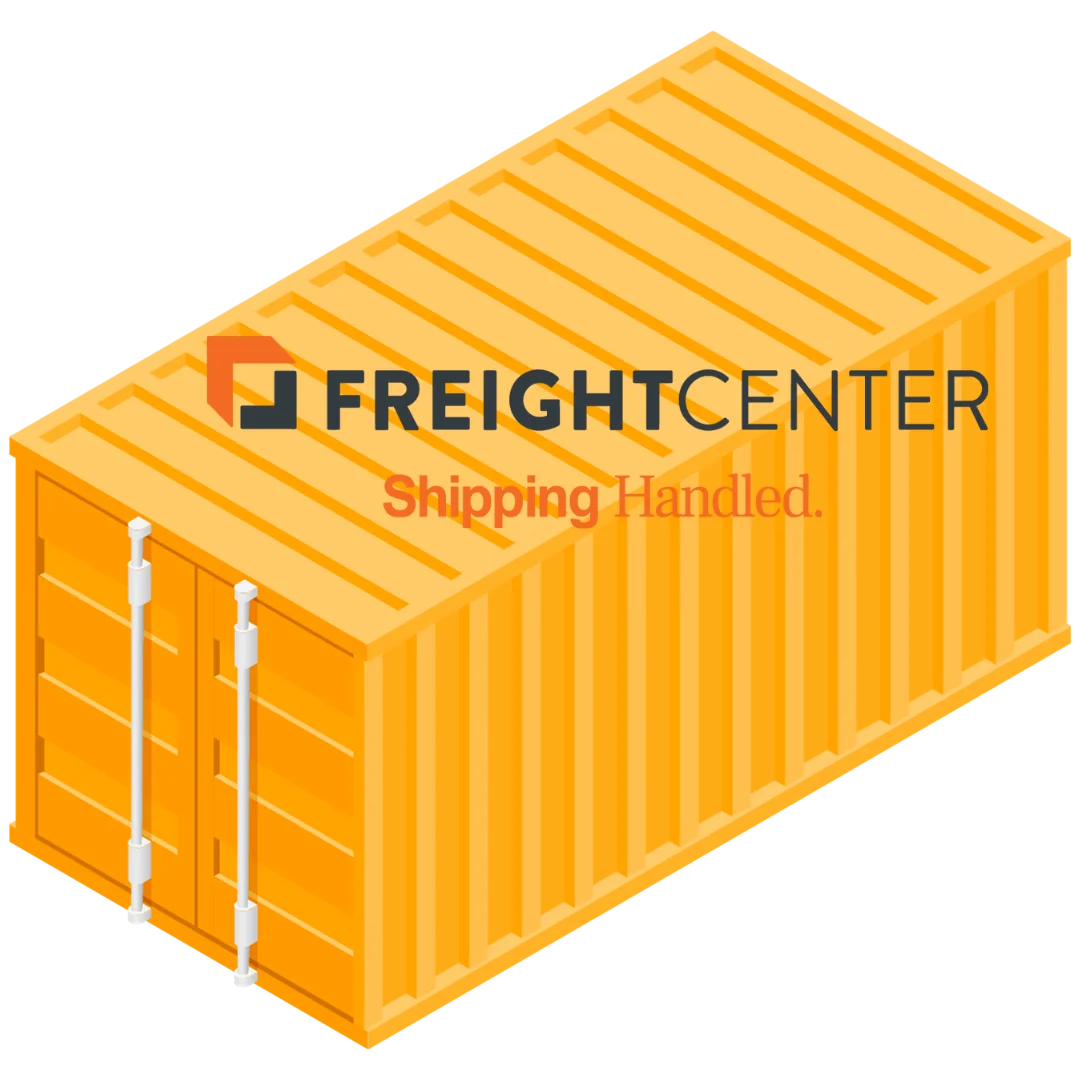
Why Choose FreightCenter
- Competitive rates: FreightCenter offers competitive rates on freight shipping from leading carriers.
- Wide range of services: FreightCenter offers a wide range of freight shipping services, including standard, guaranteed, time-critical, and dedicated freight services.
- Expertise: FreightCenter has a team of experts who can help you choose the right freight service for your needs and budget.
- Easy to use platform: FreightCenter’s platform is easy to use and allows you to get a free freight quote in minutes.
- Customer support: FreightCenter offers excellent customer support to help you with all your freight shipping needs.
Frequently Asked Questions
Q. Is the consignee a receiver or sender?
A. The consignee is the receiver of goods, not the sender. In a shipping agreement, the consignor dispatches items, while the consignee is the party that receives them, which can either be the buyer or an appointed agent. This terminology is key in logistics and supply chain transactions.
Q. What is the difference between a receiver and a consignee?
A. A consignee is typically the person intended to receive goods being shipped, while a receiver can refer to the actual recipient. The consignee is often specified in shipping documents and may not always be the final receiver if goods are forwarded or resold. Both terms are central in logistics and commerce.
Q. What is the meaning of delivered consignee?
A. “Delivered consignee” means that the shipment has been successfully delivered to the consignee, which is the person or company listed on the bill of lading who is the legal recipient and generally the owner of the goods. The consignee must be present to accept and sign for the delivery.
Q. What is the meaning of consignor?
A. A consignor is the individual or company that sends goods to a consignee via freight, trade, or transport. The consignor retains ownership until the consignee takes delivery, often playing a key role in export or seller transactions. They handle shipping arrangements and ensure legal compliance.
Q. Is the consignee the same as the importer or record?
A. When goods are shipped to another country, the person who gets the delivery is called the consignee. They are the ones who usually own the goods and have to pay the fees for importing them.
On the other hand, the importer of record has to follow all the laws of the country where the goods are being sent. Although sometimes they can be the same person, these roles are not always performed by the same person.
Frequently Asked Questions
Q. Is the consignee a receiver or sender?
The consignee is the receiver of goods, not the sender. In a shipping agreement, the consignor dispatches items, while the consignee is the party that receives them, which can either be the buyer or an appointed agent. This terminology is key in logistics and supply chain transactions.
Q. What is the difference between a receiver and a consignee?
A consignee is typically the person intended to receive goods being shipped, while a receiver can refer to the actual recipient. The consignee is often specified in shipping documents and may not always be the final receiver if goods are forwarded or resold. Both terms are central in logistics and commerce.
Q. What is the meaning of delivered consignee?
“Delivered consignee” means that the shipment has been successfully delivered to the consignee, which is the person or company listed on the bill of lading who is the legal recipient and generally the owner of the goods. The consignee must be present to accept and sign for the delivery.
Q. What is the meaning of consignor?
A consignor is the individual or company that sends goods to a consignee via freight, trade, or transport. The consignor retains ownership until the consignee takes delivery, often playing a key role in export or seller transactions. They handle shipping arrangements and ensure legal compliance.
Q. Is the consignee the same as the importer or record?
When goods are shipped to another country, the person who gets the delivery is called the consignee. They are the ones who usually own the goods and have to pay the fees for importing them.
On the other hand, the importer of record has to follow all the laws of the country where the goods are being sent. Although sometimes they can be the same person, these roles are not always performed by the same person.
Some More Important Shipping Terms
Some More Important Shipping Terms
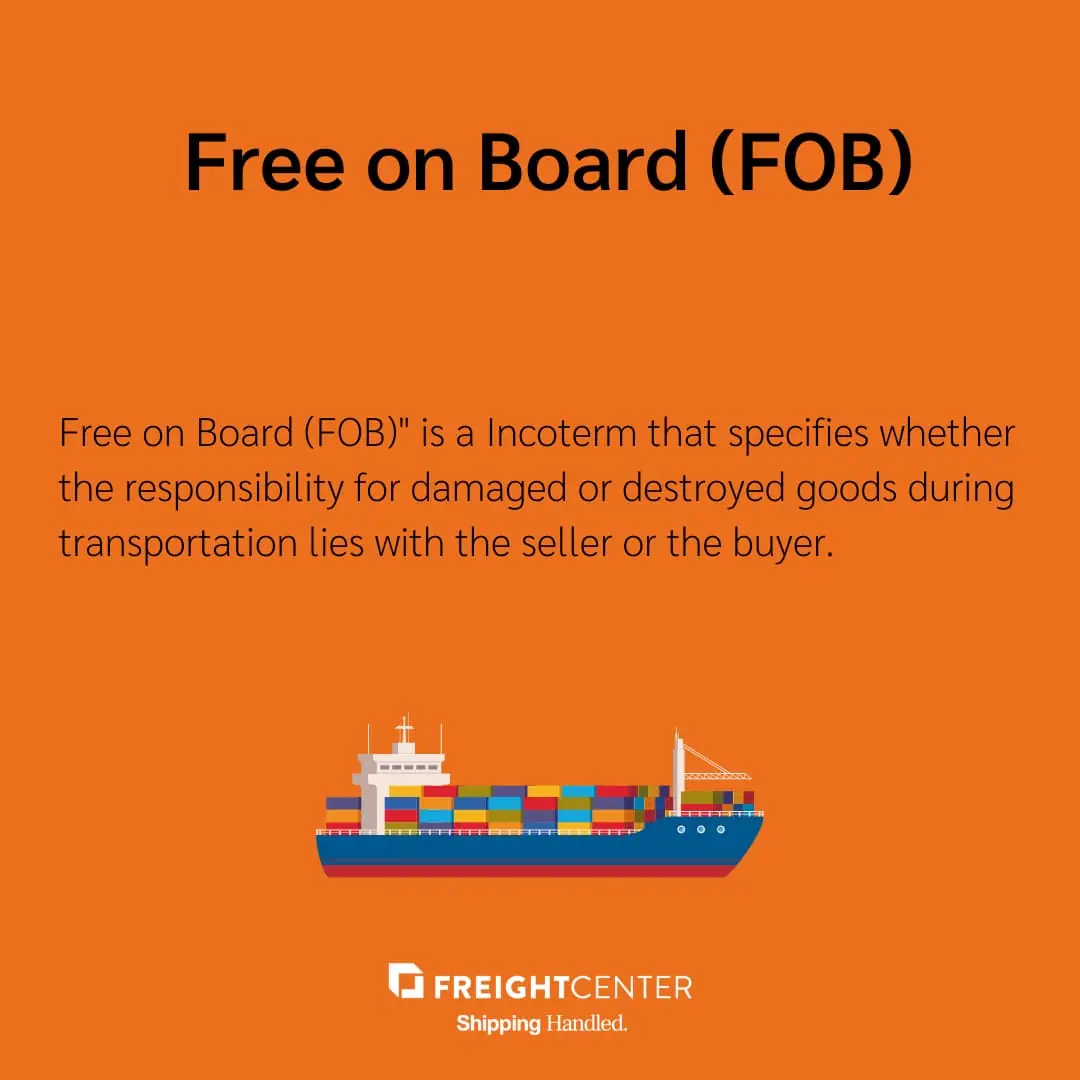
FOB (Free on Board)
Free on Board, or FOB, is a shipping term that defines the point at which ownership and responsibility for goods are transferred from the seller to the buyer. It indicates who bears the risk and cost of transportation during the shipping process.
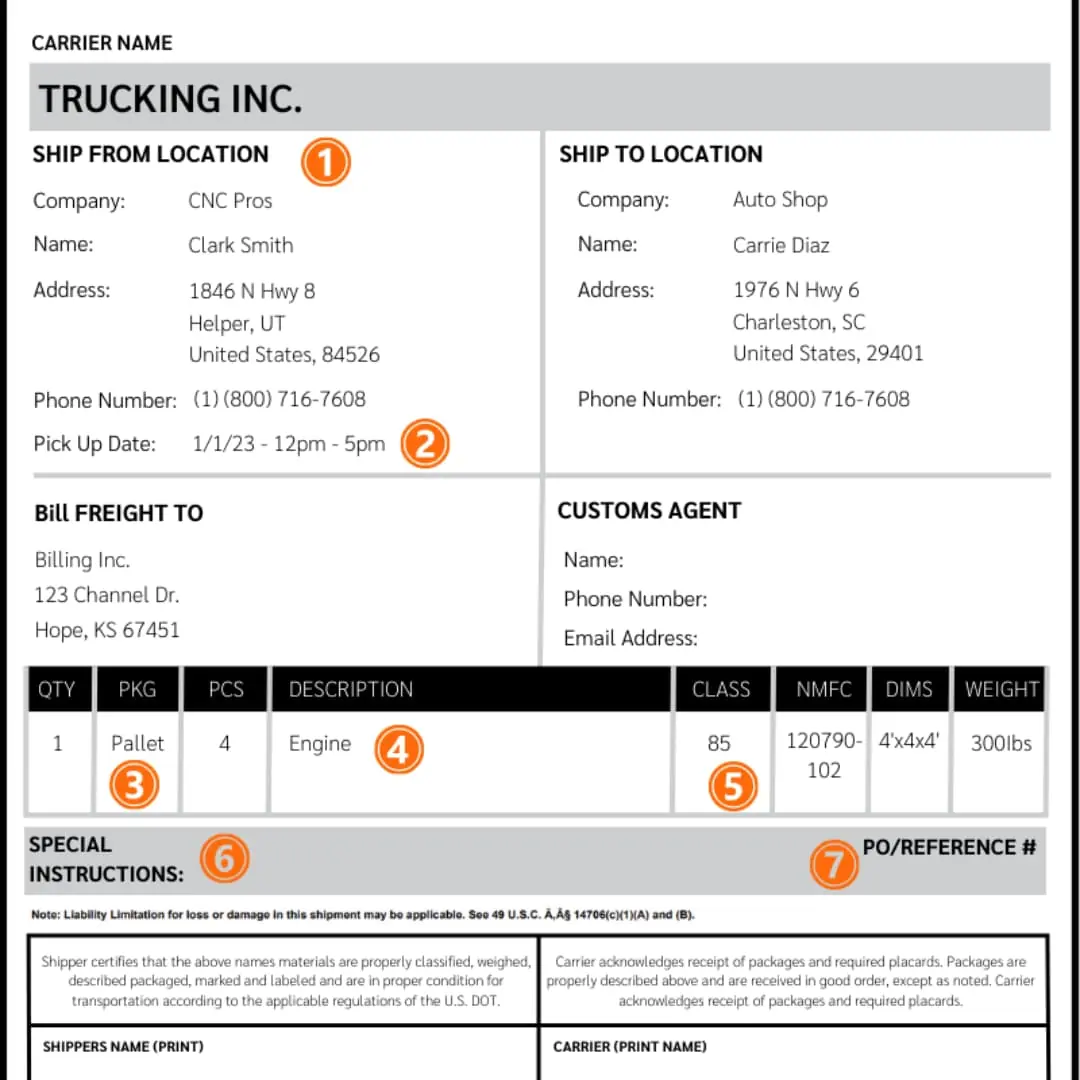
BOL (Bill of Lading)
The Bill of Lading is a shipment receipt given by the carrier to the shipper of goods. The document presents the quantity, destination, and type of goods carried. The Bill of Lading also acts as a legal document when the carrier brings the goods to a prearranged destination.
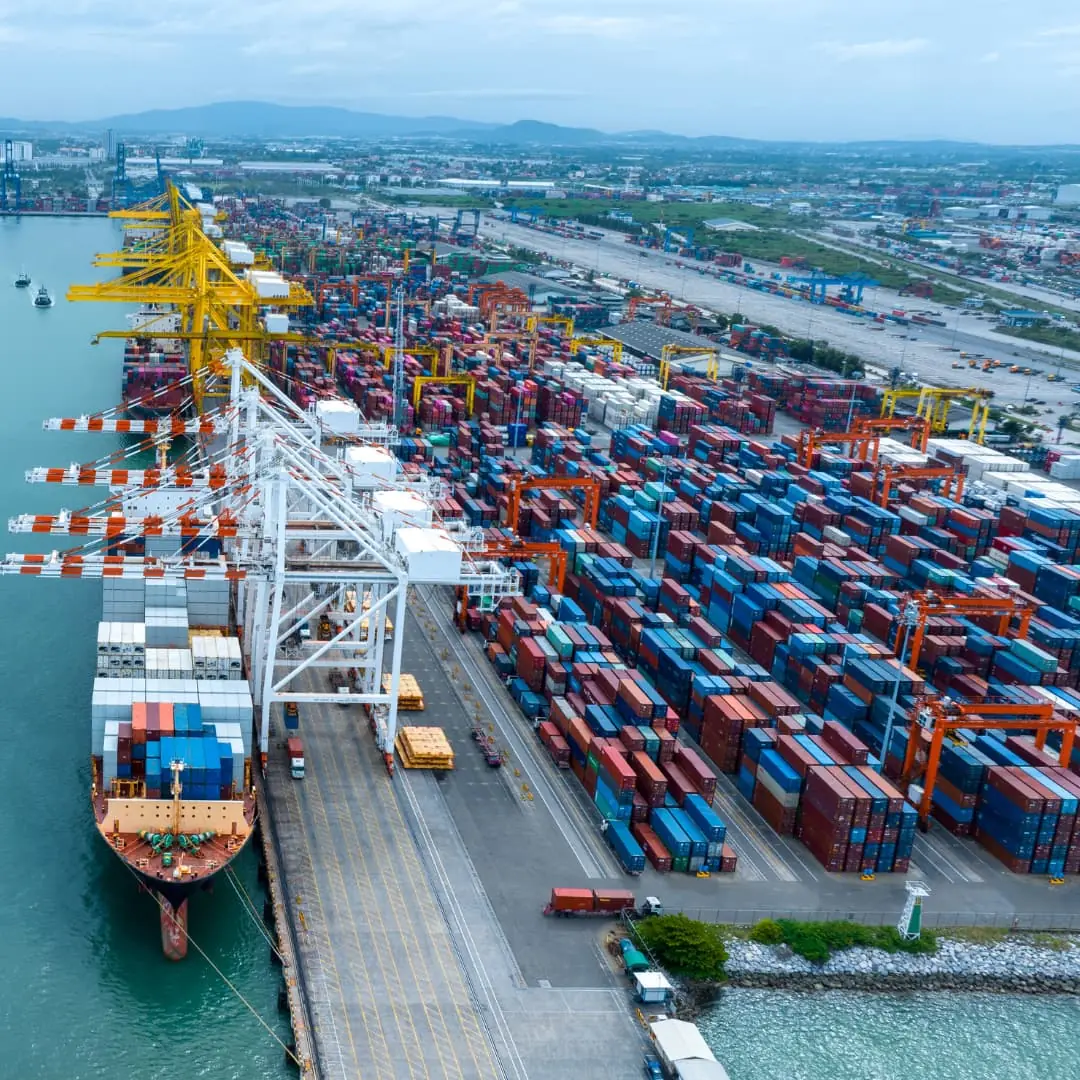
SCAC Codes
The Standard Carrier Alpha Code is a distinctive two-to-four-letter code identifying transportation companies. Employed by the ANSI, ASC, and United Nations Electronic Data Interchange, SCACs are essential for motor, rail, and water carrier transactions requiring carrier ID.

